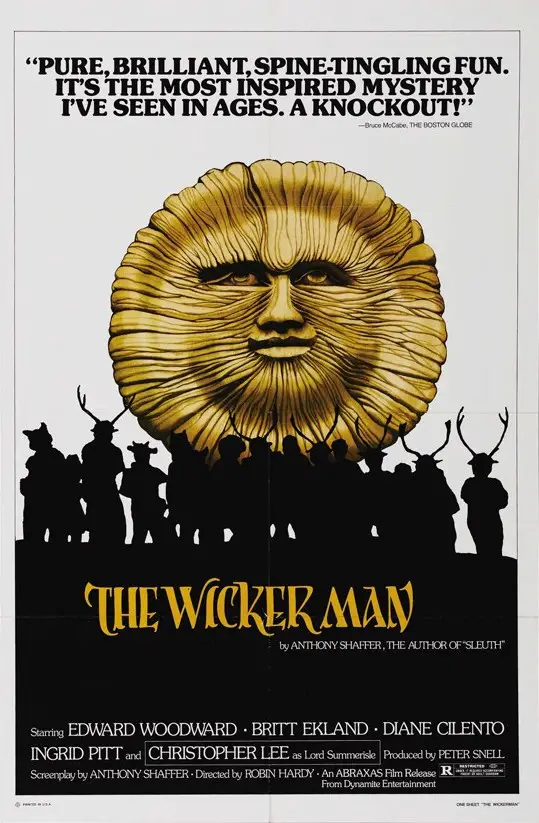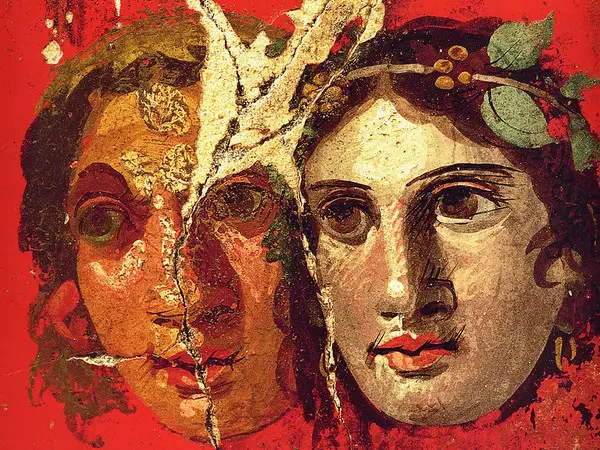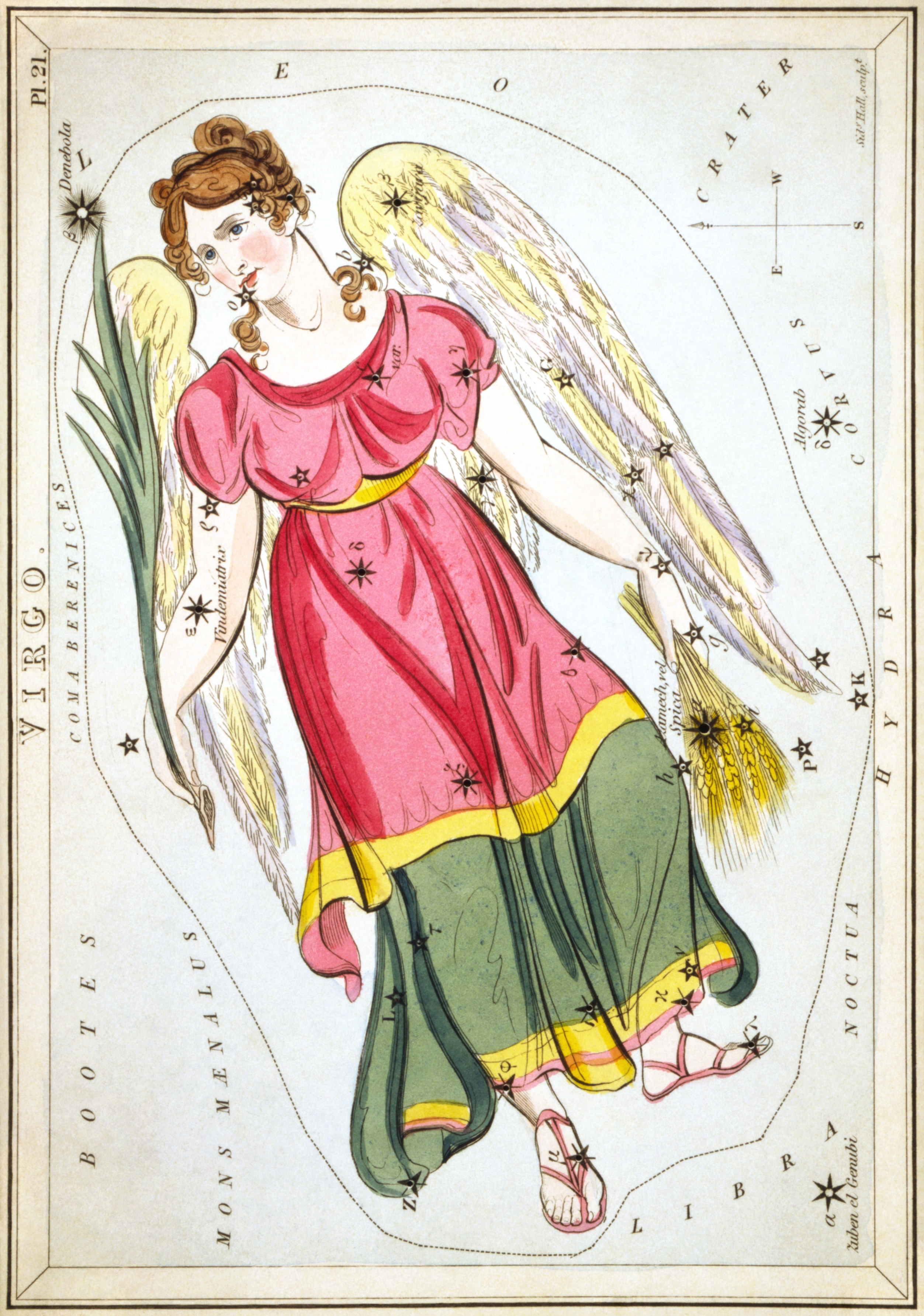Tag: Saturnalia
“The Wicker Man”: from folklore to folk-horror
For the making of "The Wicker Man", Robin Hardy and Anthony Shaffer delved into British folklore and modeled the Beltane ceremony and its preparations on the ancient propitiatory rites of Calendimaggio and the late winter procession, centered on the ritual sacrifice of the "Fool "," King of Disorder ".
René Guénon: "On the meaning of carnival festivals"
The unsurpassed analysis by the French esotericist on the traditional meaning of Carnival, of the "world upside down" and of masquerades
The astronomical significance of the Golden Age: Astrea and the "fall" of Phaeton
di Andrew Casella
cover: Sidney Hall, representation of the Virgo constellation, taken from "Urania's Mirror", 1825)
(follows from Stellar symbolism and solar symbolism)
All the peoples of the world sang of a mythical "first time" of abundance, in which the gods walked the earth and all things were in harmony. The myth of the Golden Age fascinated poets from remote antiquity to the times of the Renaissance. Basically, it was believed to be a time of material wonders, in which the bodily well-being of men was guaranteed by the natural and infinite flow of milk and honey. But are things really as the poets sang? What was the Golden Age really? The poets themselves, on the other hand, have preserved (consciously or not) some revelatory clues to the mystery, which refer, once again, to the celestial vault.
Cosmic cycles and time regeneration: immolation rites of the 'King of the Old Year'
di Marco Maculotti
Mircea Eliade wrote that "the main difference between the man of archaic and traditional societies and the man of modern societies, strongly marked by Judeo-Christianity, consists in the fact that the former feels solidarity with the cosmos and cosmic rhythms, while the second is considered in solidarity only with history "[Eliade (1), p.5]. This "cosmic life" is connected to the microcosm by a "structural correspondence of planes arranged in hierarchical order" which "together constitute the universal harmonic law in which man is integrated" [Sanjakdar, p.155].
Archaic man especially took into consideration the solstices and equinoxes, as well as the dates between them: it was believed that in these particular days, which marked the passage from one phase of the cycle to the next of the "wheel of the year", the energy of the cosmos flowed more freely, and therefore they chose such dates to perform their own rituals. Here we are especially interested in certain dates between the Winter Solstice and the Spring Equinox, that is to say the calendar phase in which the Sun appears die: the so-called "solstice crisis" or "winter crisis".





